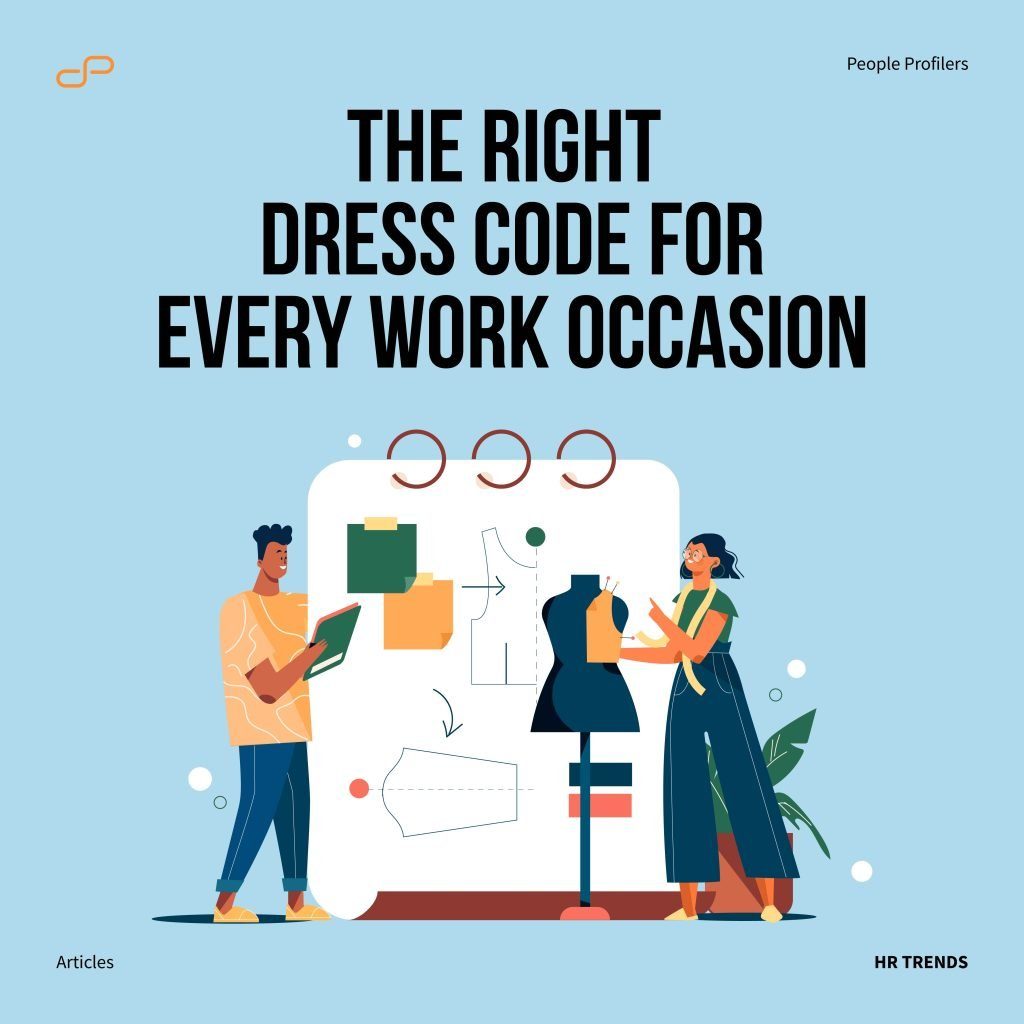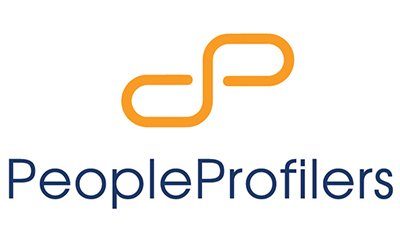
As part of your job, you might be required to attend work events with dress codes that don’t seem to be all that clear at first glance. Have you ever come across terms like ‘smart casual’ or ‘semi-formal’ and wondered what they mean?
We know that such terms can be very confusing, especially if it’s your first time encountering such terms (think about your first job interview), so we’ve compiled this handy guide to help you navigate the complicated world of workplace attire!
The terms used for various dress codes are not arbitrary. They’re named this way to make a distinction on a spectrum of casual to formal work occasions.
Here’s the complete list of dress codes, starting from the most casual:
- Casual
- Smart Casual
- Business Casual
- Semi-formal
- Business Formal
- Black Tie
- Festive
- White Tie
1. Casual
When someone tells you to dress casually in a work context, it doesn’t mean you can show up in pyjamas or slippers. A casual dress code for work refers to informal but comfortable office attire—clothes you’d wear to work every day. Some examples of this include plain t-shirts and jeans with a pair of sneakers. Avoid clothes you’d typically wear around the house and choose pieces that aren’t crumpled.
Ideas for Women: Sundresses, long skirts, khakis/jeans, dressy shorts, plain t-shirts, polo shirts, turtlenecks, simple blouses, flats, sandals
Ideas for Men: Khakis/jeans without holes, cargo/Bermuda shorts, plain t-shirts, polo shirts, button-down shirts, sweaters, sneakers, sandals
2. Smart Casual
A smart casual dress code is slightly more formal than your usual office attire. You must dress smartly for networking and socialising events after work or at company dinners and fundraisers. Choose slightly nicer-looking clothes you’d wear to work every day, like a dress or a dress shirt. Ties and formal dresses are not necessary.
Ideas for Women: Dresses, matching tops and skirts, dressy pantsuits, dark jeans, dressy tops, flats, heeled boots
Ideas for Men: Varsity jackets, blazers, slacks, dress shirts, polo shirts, dark jeans, sneakers, loafers
3. Business Casual
Some industries (banking or finance) require employees to dress more formally than casual t-shirts and jeans on regular workdays. If that’s you, your company’s dress code would be business casual. Think of this as your company’s standard of ‘casual’ attire and adjust the level of formality for all other dress codes from there.
Ideas for Women: Dresses, skirts, khakis, pants, open-collar shirts, dressy blouses, avoid spaghetti straps and tops/bottoms with holes, flats
Ideas for Men: Sports coats, blazers, slacks or khakis, dress shirts, button-down shirts, polo shirts, loafer-style shoes
4. Semi-formal
A step up from smart casual, semi-formal requires you to wear clothes that are slightly more formal—think about what you’d wear for networking/social events where the important people of your company, like the CEO, might make an appearance. If the event lasts till after 6pm in the evening, try to dress more formally.
Ideas for Women: Cocktail dresses, little black dresses, dressy skirts and tops, dressy blouses and pants, heels, formal flats
Ideas for Men: Dark business suits, dress shirts, a tie, leather dress shoes and dark socks
5. Business Formal
Business formal attire (also known as formal attire) is characterised by dark-coloured suits and business-styled dresses. You’re usually asked to dress formally when meeting clients and business partners or attending business ceremonies. Note that the darker the suit, the more formal you’ll appear. It’s also important to remember that any and all accessories you put on to personalise your look should not distract or attract unnecessary attention.
Ideas for Women: Suits, business-style dresses, dresses with blazers, stockings, heels
Ideas for Men: Dark business suits, well-ironed dress shirts, conservative tie (no flamboyant patterns), leather dress shoes and dark socks.
6. Black Tie
Most of us wouldn’t typically need to attend work events that call for black tie attires, but it’s the most common dress code for weddings, formal dinners and proms. Dress more formally than you would for your usual business events with a dressy cocktail dress or a tuxedo.
Ideas for Women: Evening gowns, dressy cocktail dresses, most formal little black dress
Ideas for Men: black tuxedo with matching trousers, front-pleated white shirts, cuff links, black bow ties, vests, black leather shoes and black socks
7. Festive
Festive dress codes are usually required at your company’s New Year party or seasonal cocktail parties, though such occasions might come with additional thematic requirements. Unlike with black tie attire, you’re usually given a lot more leeway to personalise your outfit with a festive dress code. Feel free to wear clothing with bright colours or goofy ties, but remember to avoid provocative clothing at all costs.
Ideas for Women: Cocktail dresses, dressy pantsuits, little black dresses
Ideas for Men: Coats or blazers, slacks, dress shirts, any kind of tie
8. White Tie
A white tie dress code is considered the most formal of all formal dress codes, and they’re usually worn to events where most of the guests are prominent or have high social statuses—like the President of Singapore. Think of a royal wedding or the inauguration of a new president.
Ideas for Women: Formal, floor-length evening gowns, dark suits
Ideas for Men: Tailcoats, tuxedos, white wing-collared shirts, white vests, white bow ties, white gloves, black leather shoes, and black dress socks.


